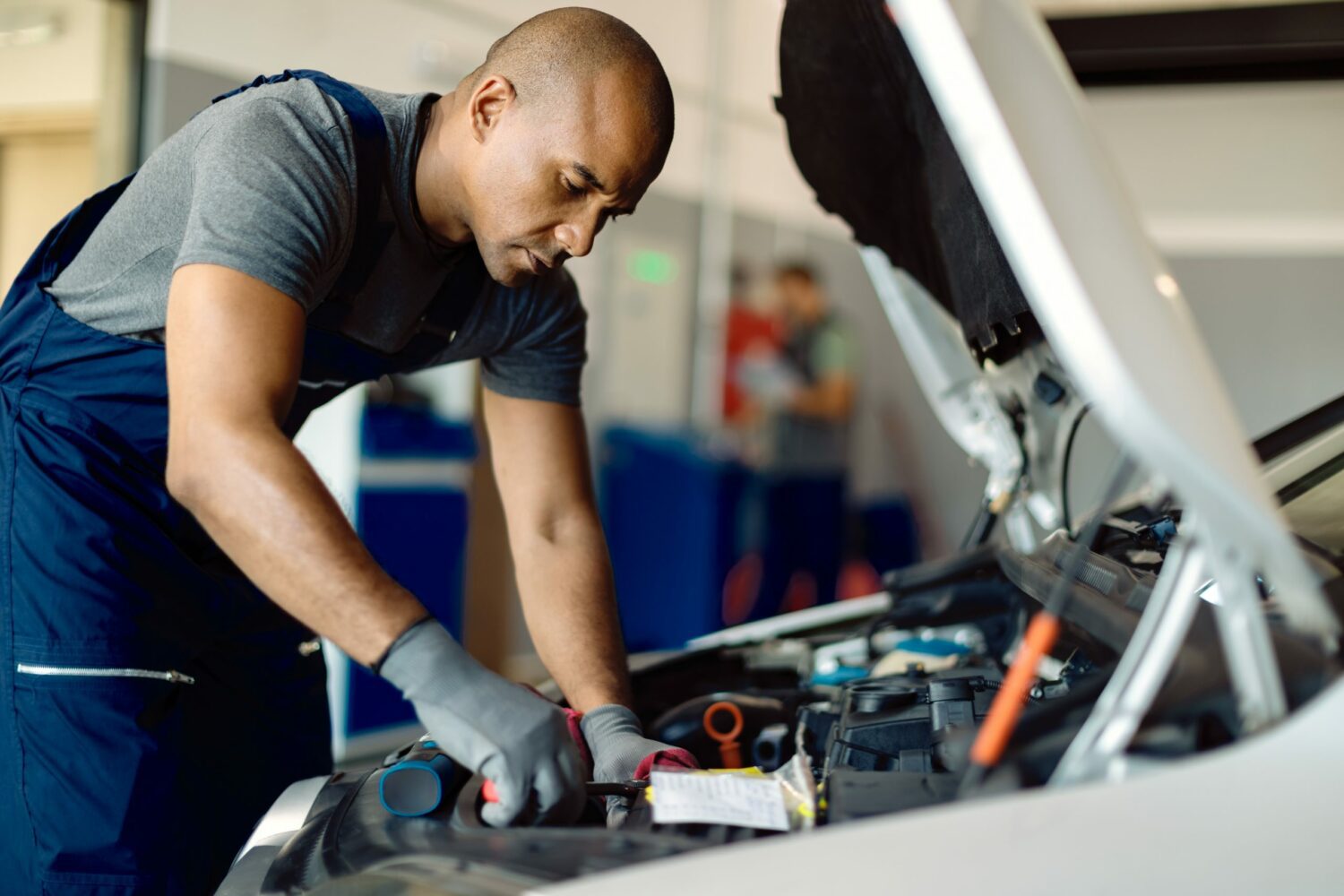The multi-point inspection process, which has been around for over 100 years, has one central purpose: to sell additional maintenance services. Period. Granted, there are many secondary reasons to do an MPI, such as vehicle safety and satisfying OEM mandates – but the main reason is to sell service.
That said, apparently no one got the memo. Most fixed ops personnel see the MPI as a necessary evil, a waste of time, a mindless task of checking boxes on a digital form, or a menial job to be performed by the lowest skilled hourly workers on the lube rack.
Yet, if you want higher customer satisfaction, higher retention, and higher profitability; if you want higher technician retention, higher advisor retention, and higher employee satisfaction – nothing will get you there faster than a properly executed MPI process. More on the process later, first let’s unpack the problem.


Technicians will painstakingly fill out an MPI on every car, only to see the advisors never make an attempt to pass along any of their recommendations to the customer. The first time the customer sees the MPI is when the cashier hands it to them stapled to the back of the repair order. When this pattern repeats day after day, the techs, rightfully so, get discouraged and angry – and any attempt to get them to properly fill out an MPI grinds to a halt.
Advisors notice a pattern of the techs “pencil whipping” an MPI; this basically involves checking every green box on every car or recommending the same three services (for example cabin air filter, coolant flush, and brake pads) on every car, no matter the mileage, service history, or current condition. In other words, they are just making it up to keep the service manager and the OEM off their backs. These MPI forms are so outrageously wrong that advisors, rightfully so, get discouraged and angry – and any attempt to get them to present the MPI to the vehicle owner grinds to a halt.
Managers are often unaware of this conflict between techs and advisors – or worse – don’t realize the hundreds of thousands of dollars they are leaving on the table – or worse yet – don’t realize the potential liability they are exposing the leadership to. (When a shop says they have inspected a car, but really didn’t, the legal terms for that is negligence.)
Not to put too fine a point on it, but this lack of inspection reporting is not a tech issue or an advisor issue, it is a management issue.
The Dealership suffers because the customers don’t feel valued, have a poor experience, and eventually defect to the competition. A thorough review of the vehicle inspection with every vehicle owner, every time they come through the doors of dealership, will raise CSI, retention, and profitability.
Vehicle Owners suffer the most because they have a false sense of security, thinking their car is safe, trouble free, and good to go – when in reality it really isn’t, because no one actually checked it properly. For example, the tires have less than 2/32 of tread, yet the technician checks the box green.
(By the way, the legal term for that is fraud.)
I’m fired up about this because I just finished a review of a small auto group with two Ford dealerships. The results were shocking. They had 32 customer-pay ROs at one of their stores on one day. For the entire day, they only sold one maintenance service. They didn’t do a single inspection all day – not ONE! Unbelievable!
This explains why the shop is only operating at 80% efficiency. The technicians are pointing their fingers at the advisors, and the advisors are pointing their fingers at the technicians – everyone is all twisted up blaming each other and no one is doing anything about it.
As an example, of the 32 ROs, 18 of them were in for an oil change and tire rotation. Half of the ROs had odometers over 100,000 miles. The customers came in for an oil change and a rotation, they left with an oil change and a rotation. Nothing else was inspected, recommended, or sold. On top of that, each RO was discounted to somewhere around $65… for fully synthetic oil, a filter, and tire rotation. They are losing money!
Time out. Why does your dealership do low-profit, no-profit oil changes? You do them so your factory-trained technicians can get their eyes and their hands on the car. This discovery process produces recommendations vital to the vehicle owner’s safety, driving pleasure, and lowers their overall cost of ownership. (The more maintenance they do, the more money they save.)
The factory-trained technician’s discovery process leads to the factory-trained advisor’s sales process. The advisor’s job is to inform the customers about all the vehicle’s maintenance needs that have been recommended by the technician.
"When you do this simple two-step MPI process, everyone wins."
Most importantly, the advisors top priority is to turn the technician’s recommendations into revenue for the dealership. (The more maintenance they sell, the more money the dealership makes.)
Okay, let’s review the Multi-Point Inspection Process:
- Discovery: The technician inspects the car and makes the recommendations
- Presentation: The advisor discusses each recommendation with the customer and asks them to buy
That’s it. Wait, it can’t be that simple. Yes, it’s that simple. Don’t overthink this, just do it!
If you’ve been in the automotive business longer than one week you already know everything I’ve written about so far. This is nothing new. My friends, the issue isn’t not knowing; the issue is not DOING!
Recently, DealerRater conducted a survey for Fixed Ops Journal of over 7,000 dealership customers.
For every 100 vehicle owners that showed up on the service drive:
- 61 had no additional service work presented to them
- 30 were presented with additional service work and said “yes”
- 7 were presented with additional service work and said “no”
- 2 were presented, said “no”, but had the work done somewhere else
In other words, 30 out of 39 said “yes, do it” when asked! Whoa… that’s a 77% closing ratio! Unfortunately, of the 61 that were not asked, the closing ratio was 0%. Ouch. What is the takeaway: Ask, and it shall be given unto you!
Let’s go back to the Ford dealership I discussed earlier. They aren’t doing an MPI, so no DISCOVERY, therefore no PRESENTATION, and no SALES. My advice to the dealer is to invite the service manager to lunch and order his meal to-go!
To recap, when you do this simple two-step MPI process, everyone wins.
Technicians will see more hours per RO, make more money, and be motivated to do quality inspections.
Advisors will sell more maintenance services, make more money, and be motivated to present 100% of the recommendations to 100% of the customers 100% of the time.
Managers won’t have to spend so much time kicking everyone in the seat of their britches because the fixed ops team will be self-motivated.
The Dealership will see more satisfied customers that return to the dealership to spend money.
The Vehicle Owners will fall in love with the dealership and become raving fans.
Now that you KNOW these things, blessed are you if you DO them!



